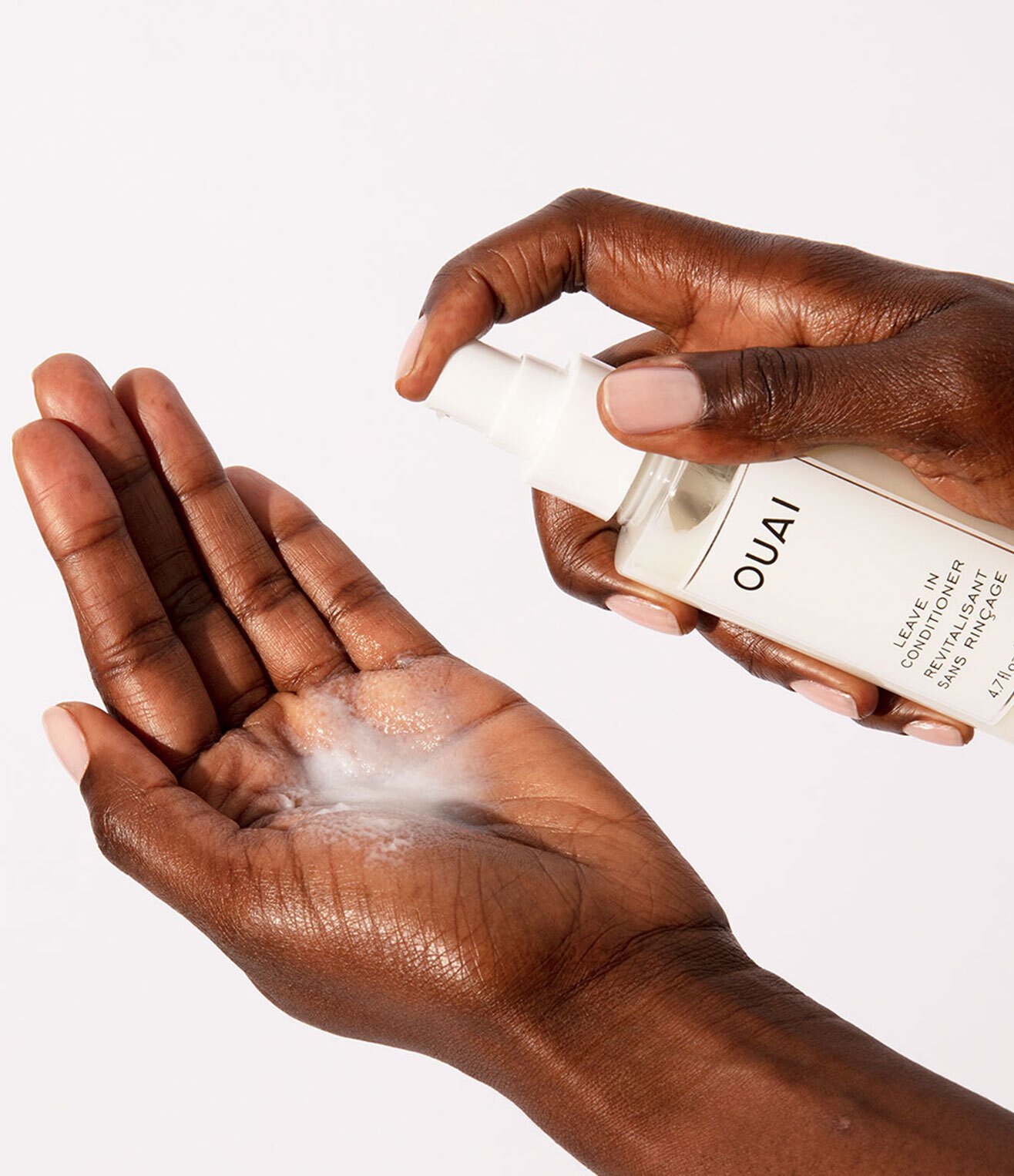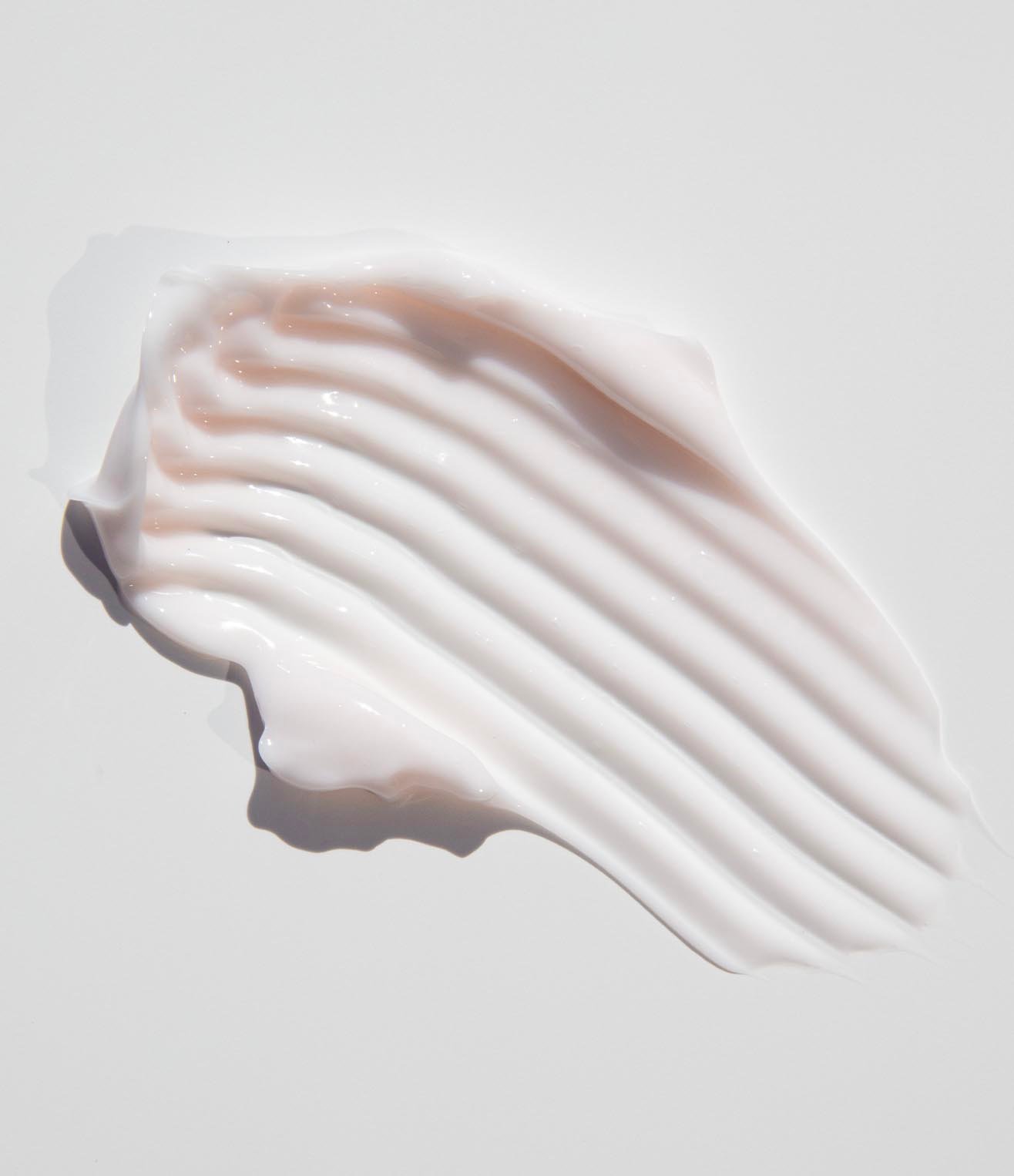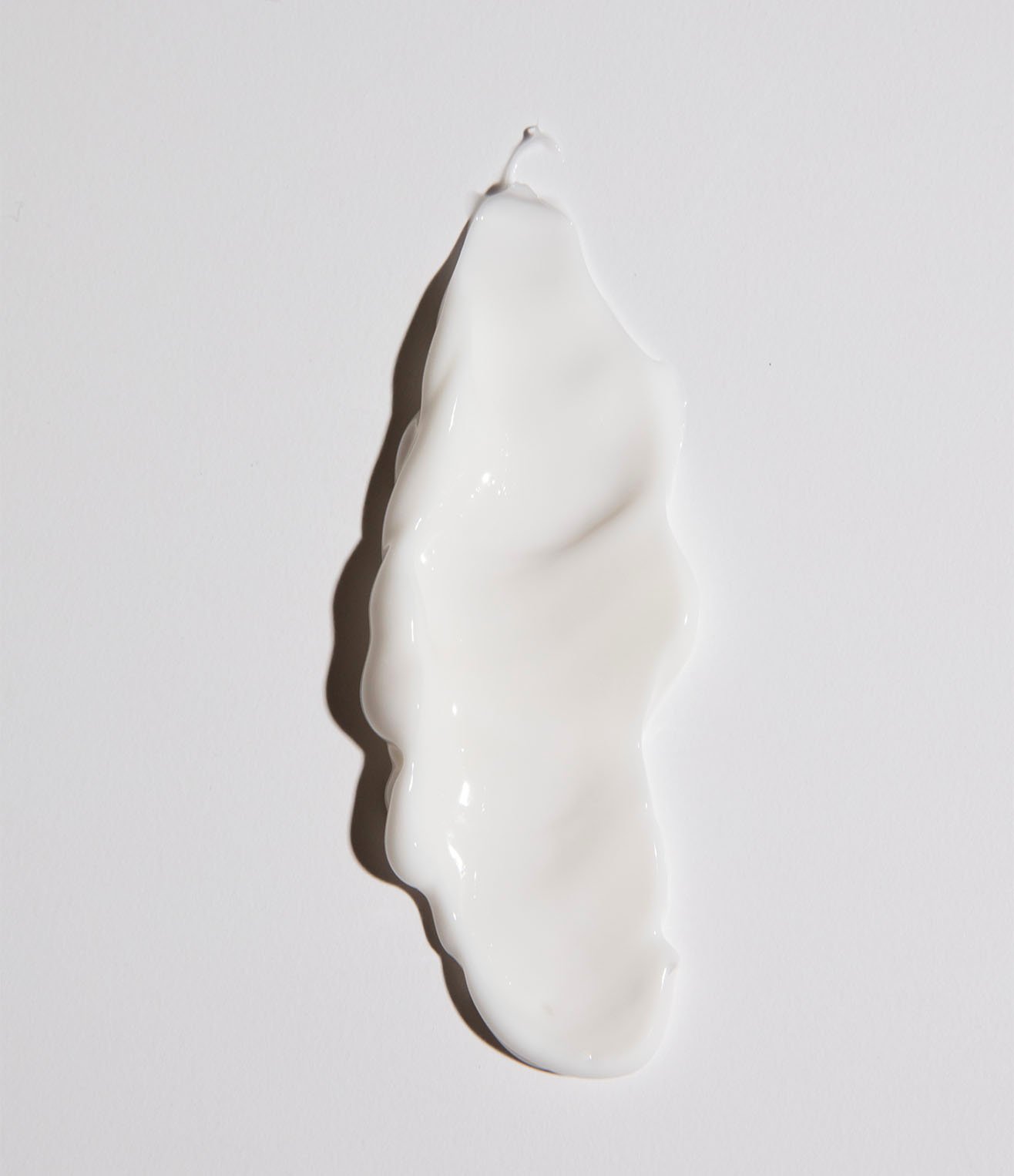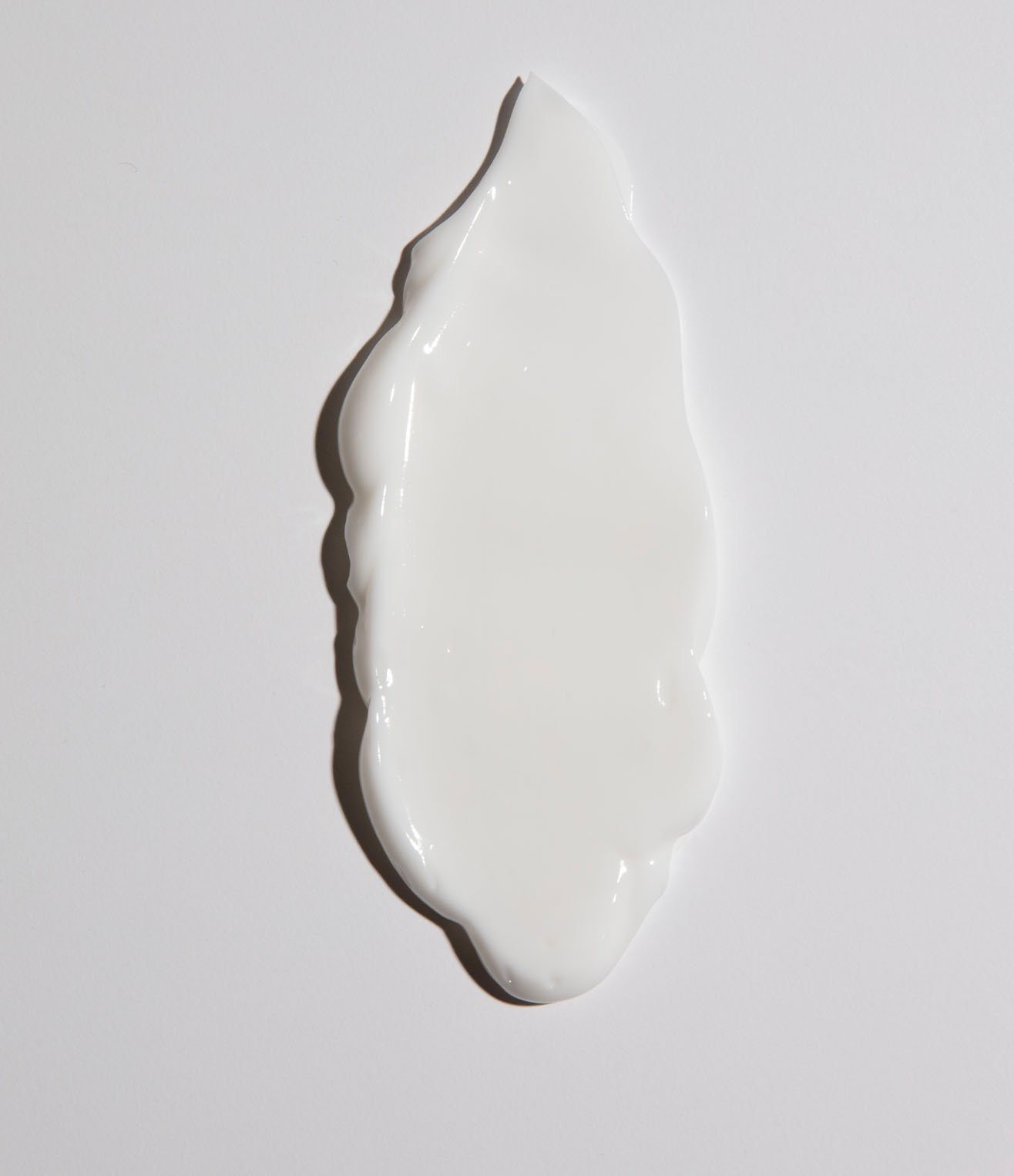If you’ve ever experienced hair loss or thinning hair, have alopecia, a receding hairline, or a bald spot – you're not alone. About 50% of women and 80% of men experience some form of hair loss in the course of their life.
A typical scalp bears about 100,000 to 150,000 hairs, and normally between 50 and 100 of them fall out daily as they finish their growth cycle. But some of us experience hair loss or thinning hair more intensely and frequently than others, which can be the result of several things ranging from alopecia to postpartum to regular aging to COVID-related stress.
Society has drilled it into our heads that our hair – our crowns – defines our beauty and worthiness of love and attention. The truth is, we get to decide what our hair means to us and how we want it to make us look and feel. Still, hair loss can trigger feelings of sadness, shame, and insecurity. And that’s okay too. Everyone is entitled to their own hair loss experience because sometimes, there’s no one-size-fits-all solution to it.
Whether you’ve just started your hair loss journey or have been struggling to pinpoint the underlying cause of your or a loved one’s hair loss, we thought this blog would be a great OUAI to explain the different causes of hair loss, including the different forms of alopecia as well as hair loss due to other factors like emotional stress, certain hairstyles, scalp infections, postpartum, and more.
Alopecia
Alopecia affects about 6.8 million people in the United States and 147 million people worldwide. And now, talk of alopecia is swirling after the infamous Oscars slap. ICYMI, Will Smith got physical with Chris Rock when he made a joke about Jada Pinkett Smith’s shaved head – which is primarily the result of her long-term battle with Alopecia Areata. An autoimmune disease that causes hair loss on the scalp, Alopecia Areata happens when hair follicles affected by this disease are mistakenly attacked by a person’s immune system, which stops hair growth.
Dr. Brett King told CNN that there's a genetic basis for alopecia areata, meaning those who have it often have a genetic predisposition to experiencing hair loss. But as with all diseases with a genetic predisposition, the factors that trigger Alopecia Areata are unclear. He added that most often people with Alopecia Areata have a spot or a few spots of hair loss the size of a dime or a half dollar. But for 10% to 25% of people with Alopecia Areata, the spots will develop into severe hair loss or no hair over the course of weeks, months, or years. The good news is hair loss is reversible in Alopecia Areata. The bad news is that in cases where hair is absent for, say, more than 10 years, the hair loss may be permanent.
There are more forms of alopecia than just Alopecia Areata. Here’s a brief overview of them:
Androgenetic Alopecia
The main type of hair loss in women and men is called Androgenetic Alopecia. Also called female (or male) pattern loss, this condition in women starts with gradual thinning at the part line, followed by the spreading of hair loss. In men, Androgenetic Alopecia usually begins above the temples and the receding hairline eventually forms an “M” shape. In men, hair at the top of the head also thins and often progresses to baldness.

Anagen Effluvium
This is a type of hair loss that happens during your hair cycle's growth stage, which is called “anagen.” The hair loss experienced with Anagen Effluvium is sometimes triggered by drugs used for cancer treatment or exposure to certain toxic chemicals. These substances stop the quick hair growth usually experienced during the “anagen” phase and the result is a sudden breakdown in hair fiber production with hair falling out quickly. The good news is that after an anti-cancer treatment, for example, a person’s hair may start to grow again because, with Anagen Effluvium, the hair follicles aren't destroyed, rather they’re just frozen in time.
Telogen Effluvium
Telogen Effluvium, or TE, is usually caused from intense physical or emotional stress. During this time, stress can push as much as 70% of a person's hair into what's called the “telogen” phase of your hair’s growth cycle. This stops those hairs’ growth and disconnects them from their blood supply to save resources for more important processes in your body. The result? Your hairs go into the resting phase and start suddenly shedding.
According to Esther Freeman, a dermatologist and an epidemiologist at Harvard Medical School and the lead investigator for the COVID-19 Dermatology Registry, COVID-19 has caused many cases of TE. Research hasn't confirmed exactly how prevalent hair loss is among COVID-19 patients, but one study found that among those hospitalized, 22% were still dealing with hair loss months later.
Traction Alopecia
This form of alopecia is caused by putting stress on your hair either through repeated pulling or stretching. For example, if you often wear your hair in a snatched, tight ponytail, in a tight bun, braids, or hair extensions, over time the constant pulling on the hair can cause permanent hair loss. To prevent the progress of hair loss associated with Traction Alopecia, try a looser, less-damaging ‘do.
Central Centrifugal Cicatricial Alopecia (CCCA)
Hair loss from Central Centrifugal Cicatricial Alopecia happens mostly in the crown section of the scalp. The reason it has the word “centrifugal” in its name is that the hair loss spreads outward in a centrifugal, or circular, pattern. Though usually gradual, CCCA destroys hair follicles and scars, which can lead to permanent hair loss.
Susan Taylor, a dermatologist at the University of Pennsylvania and the founder of the Skin of Color Society, told The Atlantic recently that she sees black patients with more advanced hair loss than their non-black counterparts, which can make treatment less effective. Taylor said that black patients are more likely to have CCCA. According to Taylor, many practitioners know little about this form of hair loss and usually advise their patients to, “Stop your relaxers; don’t straighten your hair,” even though they always wear their hair natural and don’t even use relaxers.

Folliculitis
Folliculitis, or inflammation of hair follicles, is when one or more of your follicles is infected. It's usually caused by a bacterial or fungal infection. Look out for small red bumps or white-headed pimples around your hair follicles as signs of folliculitis. This kind of infection is rare but can spread and turn into crusty sores, which can be super itchy and, in some cases, lead to permanent hair loss and scarring.
A few possible causes of folliculitis include razor bumps and ingrown hairs; a bacteria called pseudomonas that's found in hot tubs or heated pools where the chlorine and pH levels aren’t regulated well; a yeast infection; and a bacteria called Staphylococcus aureus that can enter your body through a cut or wound.
Postpartum Hair Loss
It’s normal for new mamas to see noticeable hair loss a few months after giving birth. The great news is that this form of hair loss isn’t true hair loss, but rather temporary hair shedding caused by a decrease in estrogen levels. Some board-certified dermatologists recommend using shampoos that contain ingredients like protein because it coats the hair and makes locks appear fuller. Another hack some recommend is using a conditioner made specifically for fine hair types as these lightweight formulas won’t weigh OUAI down hair. By a baby’s first birthday, dermatologists say most women’s hair growth returns to normal.
Age
Getting older is another very common cause of hair loss because as we age, hormone levels change (think: menopause), and the size of our hair follicles get smaller. This means our individual hair strands become thinner and sometimes become grey or white. Eventually, the follicle can even stop producing new hairs. Think of hair aging like your skin aging. There are prescription medications available to treat age-related hair loss and help to regrow the hair. But before seeing your dermatologist or trichologist (a specialist who focuses on scalp and hair issues), you might first want to rule out other causes of hair loss – like vitamin deficiencies, alopecia. and side effects of medication or stress.
Thyroid Disease
Having an autoimmune thyroid disease can increase your chances of having Alopecia Areata (which we explained above). Here’s why: Your thyroid helps a range of processes operate normally in your body, so an impaired thyroid function can stall hair growth. Some characteristics of thyroid-related hair loss include hair thinning across the entire scalp, circular bald patches, loss of hair from eyebrows, and changes in your hair’s texture becoming dry or coarse.
Click here to learn how your hormones affect hair loss and here for a list of herbs that help prevent hair loss according to a nutritionist


.jpeg?v=1688177409143&options=w_{width})

.jpeg?v=1688177439232&options=w_{width})



.jpeg?v=1688177567437&options=w_{width})

.jpeg?v=1688177616065&options=w_{width})







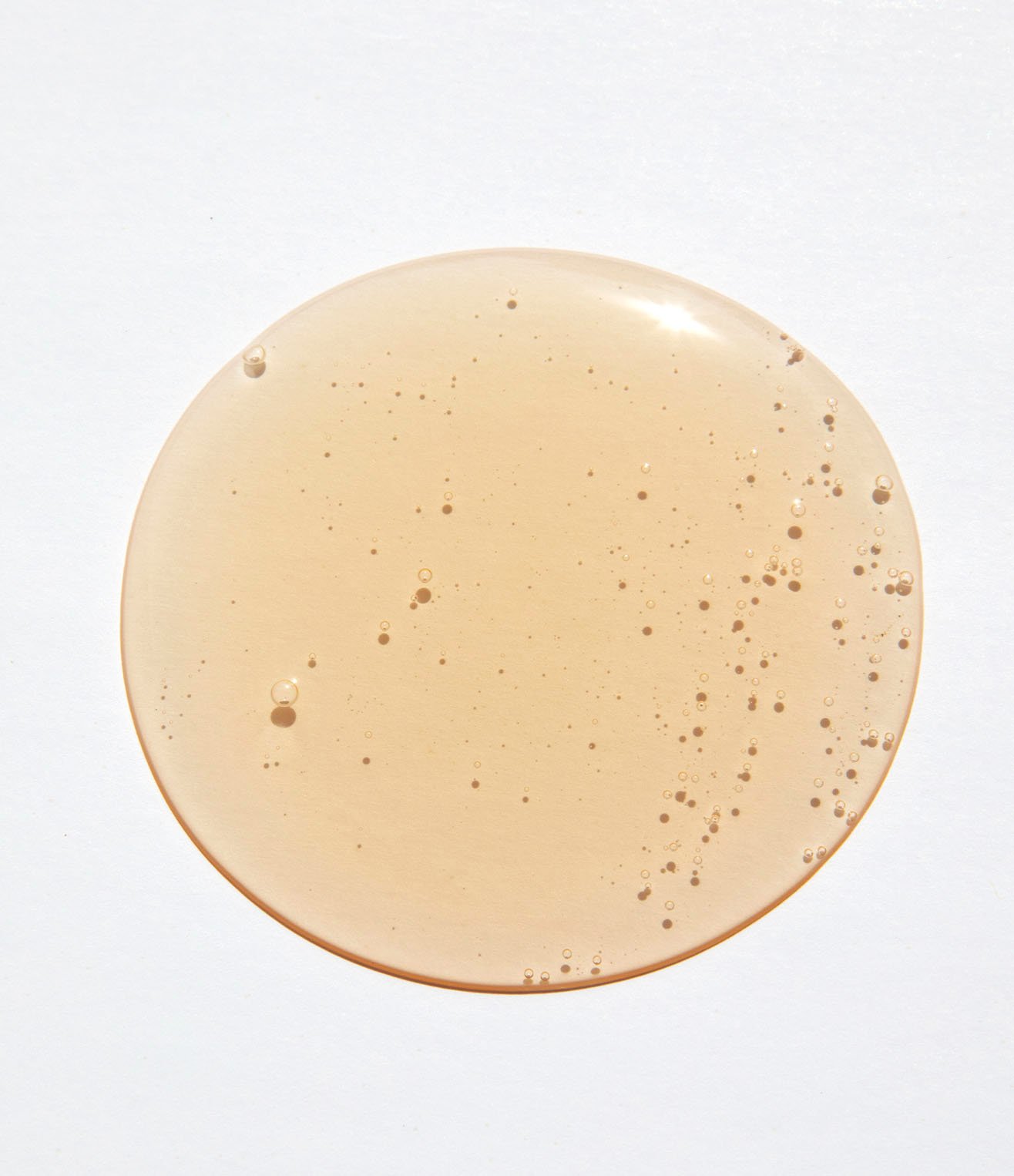


























.jpeg?v=1685641143106&options=w_{width})
.jpeg?v=1688177317579&options=w_{width})



